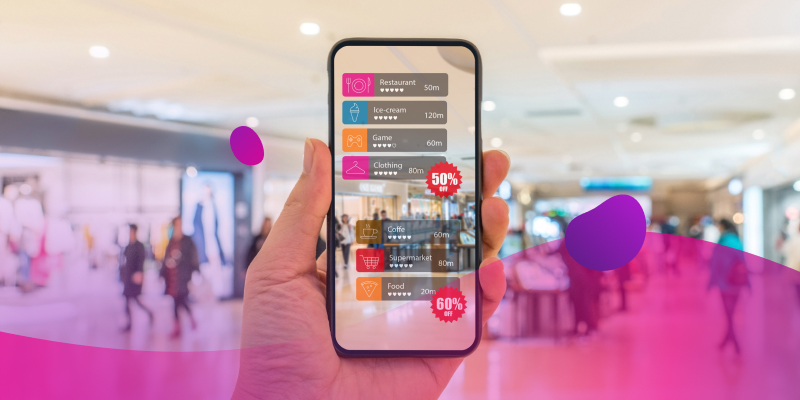![]() It's the beginning of a new year, and with that, comes the inevitable barrage of digital marketing trend pieces. Is 2016 finally going to be the year of mobile? Are brand budgets going to shift to programmatic once and for all?
It's the beginning of a new year, and with that, comes the inevitable barrage of digital marketing trend pieces. Is 2016 finally going to be the year of mobile? Are brand budgets going to shift to programmatic once and for all?
At the risk of appearing like more of the same, here's the RevJet take on what's developed in mobile and programmatic in 2015, and what marketers should invest in for 2016.
Mobile Audience Targeting and Attribution
Mobile advertising has been on the rise for the last several years, and 2016 will be no different. We'll continue to see an increase in time spent on mobile, and a corresponding increase in advertising dollars earmarked for mobile as well. But you'll also see some important improvements in mobile technology, which will dramatically improve audience targeting and prospecting, which are currently lacking in mobile advertising.
Secondly, better cross-device measurement and new approaches to in-store attribution will help marketers identify which ads drive action. By leveraging updated beacon technology and other new technological developments in 2016, marketers can finally get closer to answering the perennial question: which half of my advertising is working?
New (Read: Better) Inventory Available Programmatically
As programmatic buying is normalized, more and more inventory is becoming available. Marketers will find more high-quality inventory reaching a wider variety of target audiences, with the precision and the audience targeting capabilities that programmatic buying enables.
The same is true for mobile. Marketers are finally getting access to the best inventory available in app and on the mobile web. Historically, mobile banners have been fraught with accidental clicks due to solvable problems like intrusive ads and awkward placements. Look out for publishers and tech providers beginning to solve these solvable problems in 2016.
Continuous Creative Optimization
Creative experimentation is a well-documented and effective tactic for improving advertising performance, but most marketers employ it episodically, if at all. In 2015, we saw the emergence of always-on creative optimization thanks to new technology that makes experimentation effortless. Thanks to well-executed strategies for creative experimentation, major brands like Microsoft have been able to double the number of conversions generated by their advertising, without increasing media spend.
Beginning in 2016, continuous creative experimentation will start to become the new normal.
Getting Back to Basics
No matter what hot new technology you invest in, it won't matter if your core marketing campaigns aren't up to scratch. All marketing content (paid and unpaid) must be thoughtfully developed, appropriately targeted, and regularly optimized based on feedback from your target audiences. In today's crowded digital landscape, marketers looking for the next big thing can often forget to focus on the fundamentals. Getting caught up in the shiniest shiny object can distract us from building smart, interesting, and creative campaigns that resonate.
In 2016, whether your focus is mobile or the cutting edge of programmatic, don't fail to invest in the true drivers of any successful marketing initiative: smart messaging and good content.




